24-hour hotline:+8613662168047
Keyword search: battery plant , lithium battery factory , power bank works , lifepo4 battery mill , Pallet Trucks LiFePO4 Battery, LiFePO4 Pallet Trucks Battery, Lithium Pallet Trucks Battery,
The daily use of 1.2V nickel hydrogen batteries typically has a full charge voltage of 1.4V and a discharge termination voltage of 0.9V.
This means that nickel hydrogen power batteries are no longer convenient to use when discharged to 0.9V and should be charged. Therefore, 0.9V is not only the termination voltage during discharge, but also the starting voltage for charging nickel hydrogen batteries. In practice, because nickel hydrogen batteries after 0.9V still have some small currents, it is also feasible for some nickel hydrogen batteries to set the starting voltage to 0.8V.
The voltage of a nickel hydrogen battery after being fully charged is around 1.4V, which can be considered as its highest voltage, but individual batteries also need to be charged according to the specific charging method.
One scenario is to use constant voltage charging, which is still set in the old-fashioned charging method. Generally, it is set to 1.4V, but the consequence of this may be that the battery may not be fully charged when it reaches 1.4V. In this case, the charging termination voltage of the nickel hydrogen battery is not the full voltage of the nickel hydrogen battery.
The above defects are mainly caused by charging current, and high current charging may not fully charge at 1.4V. From the charging curve, it can be seen that some nickel hydrogen batteries charged at 1C can reach the target voltage of 1.53V when their capacity reaches 100%. Then, they turn their heads down at this voltage and recover to around 1.4V. Therefore, 1.53V becomes the highest charging voltage. Nickel hydrogen battery chargers often set the inflection point voltage as the charging cut-off time based on this characteristic.
The comparison between high current and low current charging for charging voltage is that low current can be fully charged at a lower voltage value, and charging after full charge can still slowly increase the voltage. On the contrary, high current above 1C continues to charge at full charge, and the voltage does not increase but decreases. Therefore, it is reasonable to use a small current of around 0.3C for charging when the voltage reaches a certain height (such as 1.36V).
The constant current charging method uses the temperature rise rate method as the basis for judging the end of charging. For example, under the charging condition of 0.3C, if the temperature rises by 2 ℃ per minute, the charging will stop. At this time, the nickel hydrogen charging voltage is generally around 1.4V.

Lithium Batteries ,Ensure Quality
Our lithium battery production line has a complete and scientific quality management system
Ensure the product quality of lithium batteries
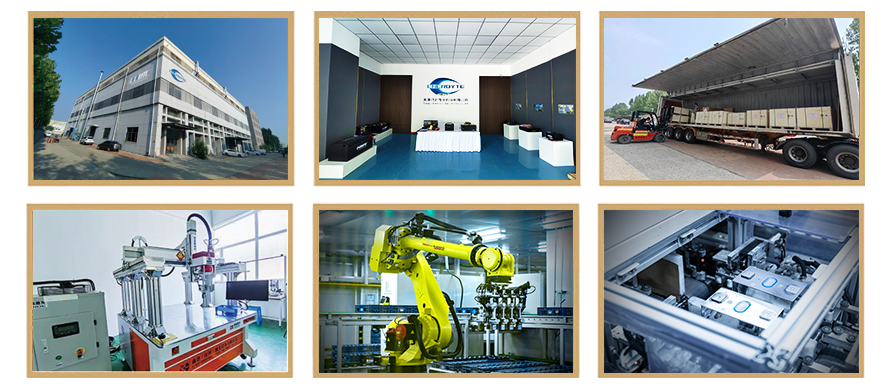
Years of experience in producing lithium batteries
Focus on the production of lithium batteries
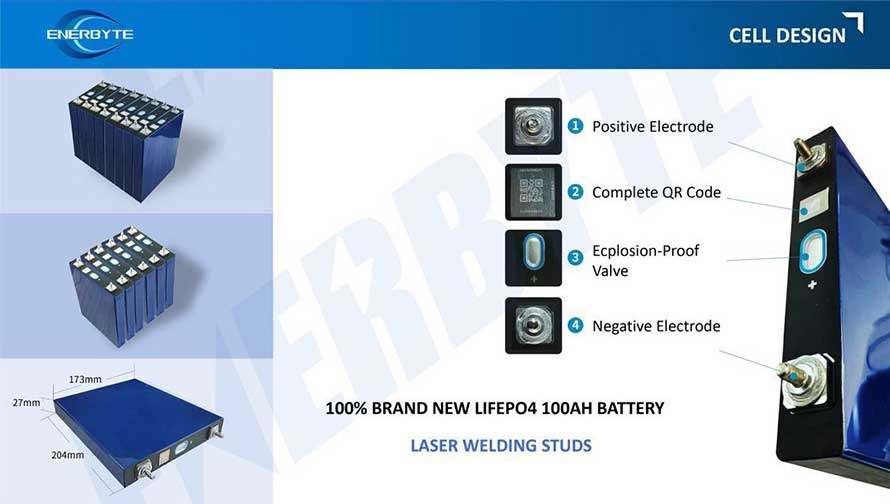
WE PROMISE TO MAKE EVERY LITHIUM BATTERY WELL
We have a comprehensive explanation of lithium batteries
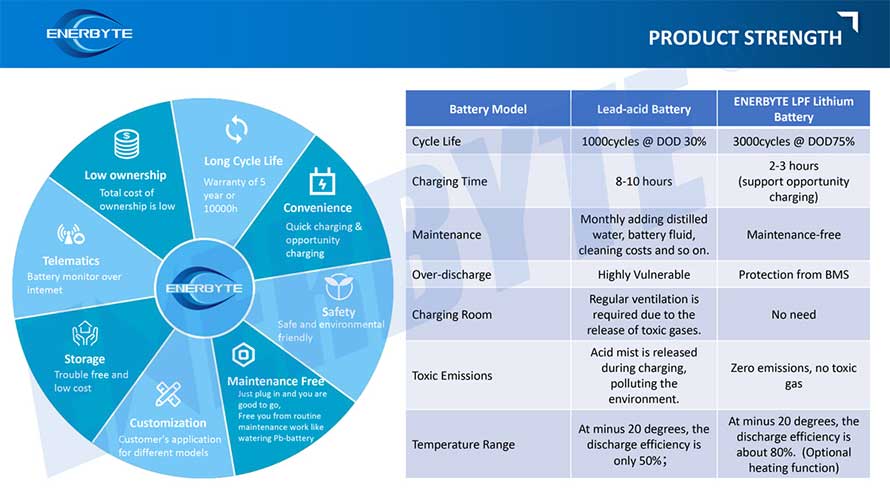
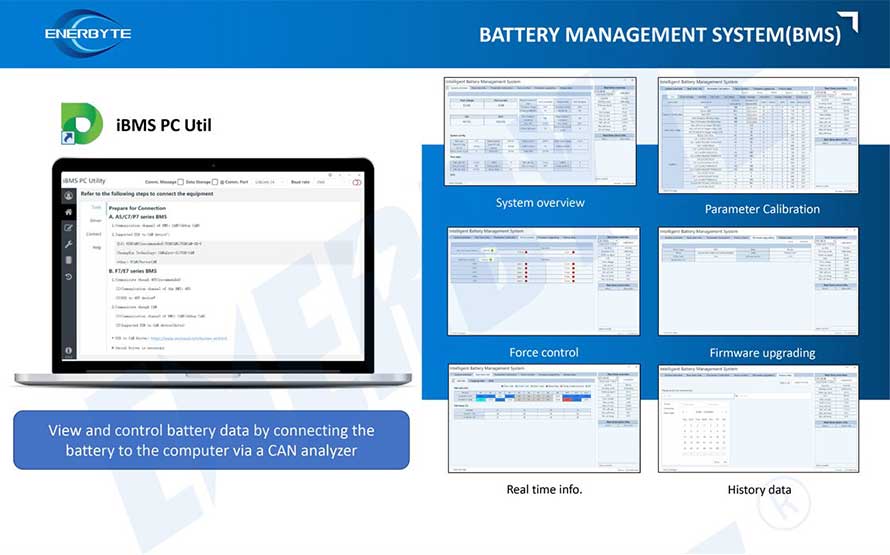
QUALIFICATION CERTIFICATE
THE QUALITY OF COMPLIANCE PROVIDES GUARANTEE FOR CUSTOMERS
MULTIPLE QUALIFICATION CERTIFICATES TO ENSURE STABLE PRODUCT QUALITY
Providing customers with professional and assured products is the guarantee of our continuous progress.
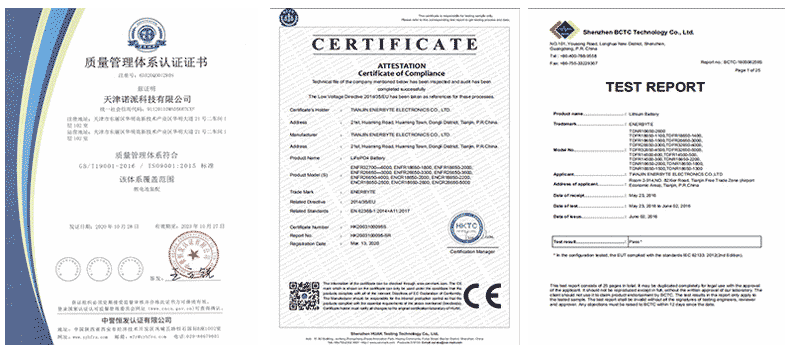
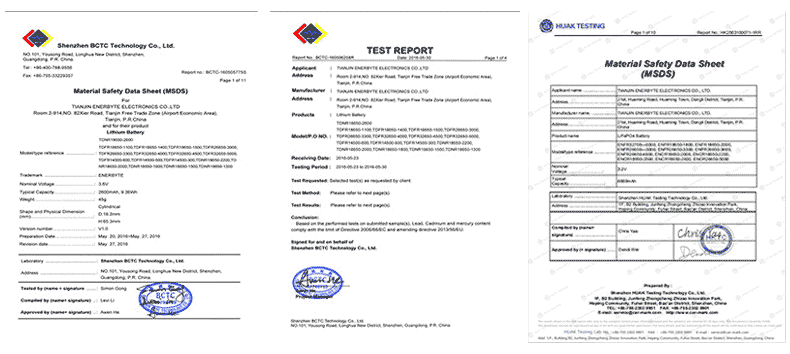
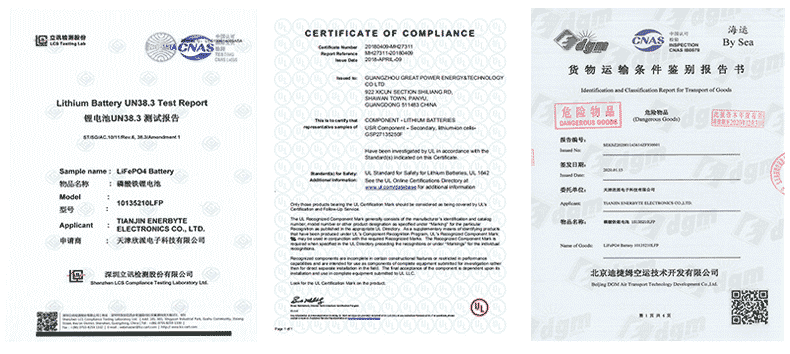
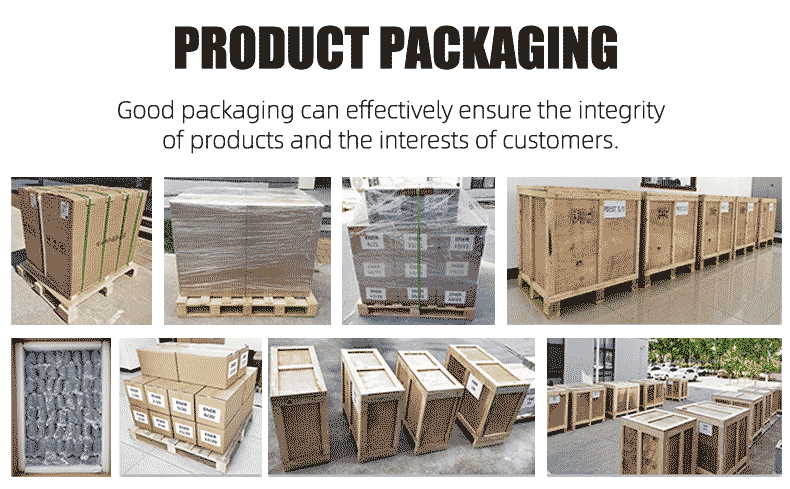
Applicable brands of our products


 Service hotline
Service hotline